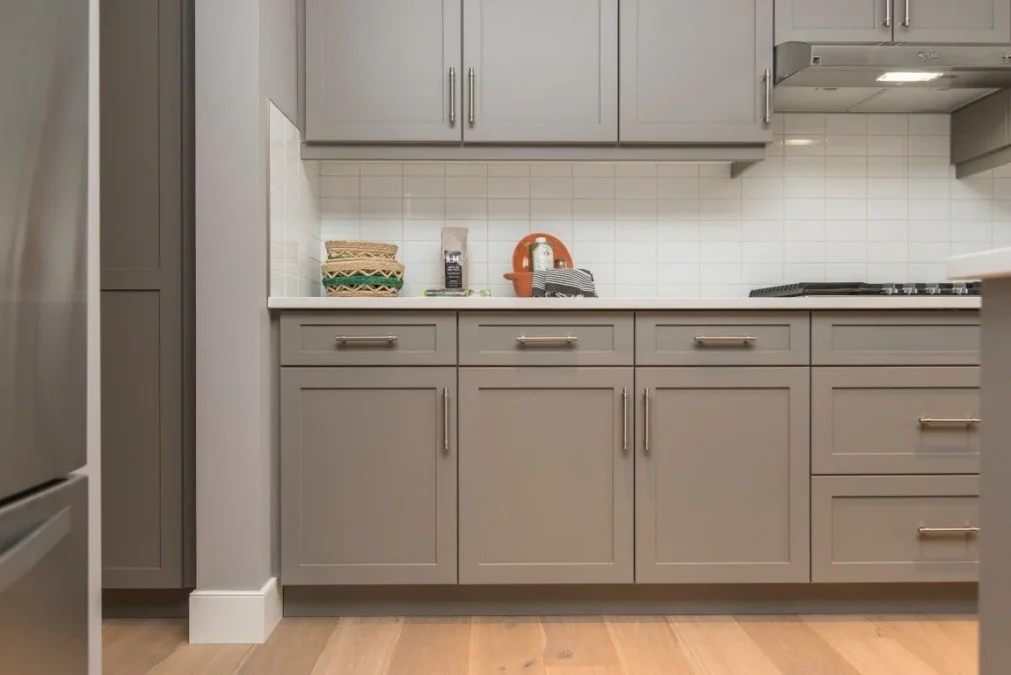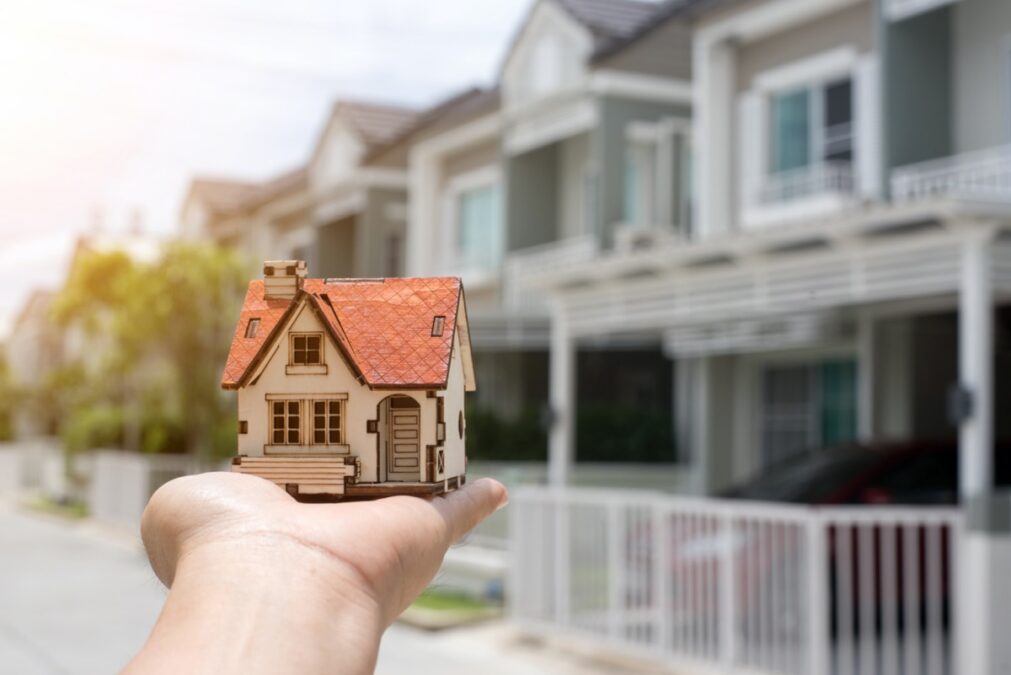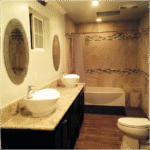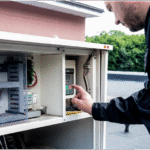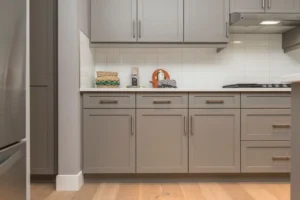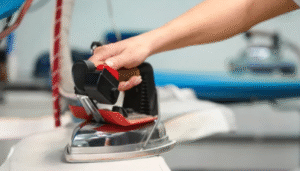Table of Contents
TogglePlumbing leaks are one of the most common – and costly – issues homeowners face. Left unchecked, even a small drip can lead to extensive water damage, mold growth, and expensive structural repairs. Fortunately, early detection can help you avoid these problems and save money in the long run.
Here’s how to identify plumbing leaks before they become major headaches. Read on.
Watch for Signs of Moisture
Water stains on walls, ceilings, or floors are often the first visible signs of a leak. Discoloration, bubbling paint, or warped flooring typically indicates that water is seeping where it shouldn’t be. These signs may be subtle at first, so it’s important to inspect less-frequented areas of your home regularly, including basements, attics, and behind appliances.
Monitor Your Water Bill
A sudden, unexplained spike in your water bill could mean you have a hidden leak. If your water usage habits haven’t changed, but your bill has increased, it’s worth investigating. Compare your recent bills with previous months to spot inconsistencies, and consider using a water meter to track actual usage more precisely.
Check Fixtures and Appliances
Dripping faucets, running toilets, and leaking dishwashers are obvious but often overlooked sources of water loss. Make a habit of checking these fixtures regularly.
Look for pooling water, rust, or mineral buildup around connections, which could signal a slow leak. Don’t forget outdoor spigots and irrigation systems, which can leak unnoticed for months.
Perform a Meter Test
To detect hidden leaks, you can use your water meter. First, turn off all water sources in your home, including faucets, appliances, and toilets. Then, check the water meter and take a reading.
Wait at least two hours without using any water, then check the meter again. If the reading has changed, there’s likely a leak somewhere in your plumbing system.
Listen for Unusual Sounds
A quiet house can sometimes help you detect subtle signs of plumbing trouble. Listen for hissing, dripping, or running water sounds when no fixtures are in use. These noises can often lead you straight to the source of a hidden leak.
Use Leak Detection Technology
Modern smart home devices can detect leaks early and notify you via smartphone. Leak sensors placed near water heaters, under sinks, or behind toilets can sound an alarm or send a notification if they detect moisture. Some advanced systems even shut off your water supply automatically when a leak is detected.
Schedule Regular Inspections
Hiring a licensed plumber to inspect your home annually can help catch issues you might miss. A professional can use specialized tools like infrared cameras and pressure tests to identify leaks inside walls, under floors, or underground. They can also accurately fix plumbing issues, especially when it comes to slab leak repair.
Avoiding Plumbing Leaks and Keeping it Well-Maintained
Detecting plumbing leaks early can save you thousands in repair costs and prevent major damage to your home. By staying vigilant, using smart detection tools, and scheduling regular inspections, you can keep your plumbing system in top shape and your home safe from water-related disasters. Early action is key – don’t wait until a small leak becomes a big problem.
If you want to read more articles, visit our blog.

